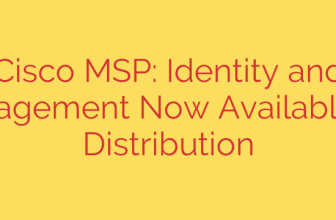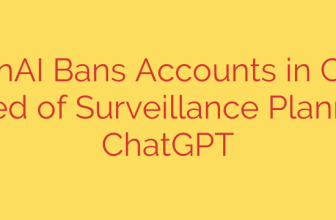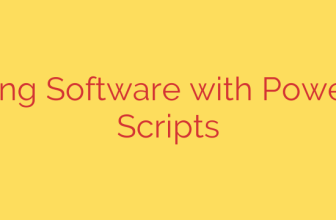
Critical Redis Vulnerability “RediShell” Allows Remote Code Execution (CVE-2025-49844)
A critical security vulnerability has been discovered in multiple versions of the popular Redis in-memory data store. Tracked as CVE-2025-49844 and nicknamed “RediShell,” this flaw could allow unauthenticated attackers to achieve remote code execution (RCE) on affected servers, potentially leading to a complete system compromise.
Given the widespread use of Redis for caching, message brokering, and real-time analytics, the potential impact of this vulnerability is severe. System administrators and developers using Redis are urged to take immediate action to mitigate this threat.
Understanding the RediShell Vulnerability
The RediShell vulnerability stems from a flaw in the way Redis processes certain specially crafted Lua scripts. By sending a malicious script to an exposed Redis instance, an attacker can bypass sandboxing mechanisms and execute arbitrary commands on the underlying operating system.
The primary danger is remote code execution. An attacker who successfully exploits this flaw gains the ability to:
- Install malware or ransomware on the server.
- Steal, modify, or delete sensitive data stored in Redis and on the host machine.
- Use the compromised server to launch further attacks against your internal network.
- Gain a persistent foothold within your infrastructure.
This vulnerability is particularly dangerous because it can be exploited by an unauthenticated attacker if the Redis instance is improperly configured and exposed to the internet.
Is Your System at Risk?
You are likely at risk if you are running a vulnerable version of Redis, especially if the service is accessible from untrusted networks.
- Affected Redis Versions: All Redis versions prior to 7.2.5 and 6.8.14 are confirmed to be vulnerable.
- Greatest Risk Factor: The most significant risk is for publicly exposed Redis instances. Security best practices have always recommended against exposing Redis directly to the internet, and the RediShell vulnerability underscores the critical importance of this rule. Any server that allows connections from the public internet without proper firewall rules or authentication is at high risk of immediate compromise.
How to Protect Your Redis Servers: Actionable Steps
Protecting your infrastructure requires a multi-layered approach. Follow these steps immediately to secure your systems against the RediShell vulnerability.
1. Update to a Patched Version Immediately
This is the most critical step. The Redis development team has released patched versions that completely remediate the vulnerability.
- Upgrade to Redis version 7.2.5 or newer.
- If you are on an older branch, upgrade to version 6.8.14 or newer.
You can verify your current Redis version by running the command: redis-server --version or by connecting via redis-cli and running the INFO server command.
2. Isolate Your Redis Instance
Even after patching, it is essential to follow security best practices to prevent future threats. Never expose Redis directly to the internet.
- Firewall Rules: Configure your firewall to only allow connections from trusted IP addresses, such as your application servers.
- Bind to Localhost: If your Redis instance is only used by applications on the same server, configure it to listen only on the local loopback interface. You can do this by setting
bind 127.0.0.1 ::1in yourredis.conffile.
3. Enforce Strong Authentication
Ensure that your Redis instance is protected with a strong, unique password.
- Set a complex password using the
requirepassdirective in yourredis.confconfiguration file. - For newer Redis versions (6.0+), leverage Access Control Lists (ACLs) to enforce the principle of least privilege, giving different users only the permissions they absolutely need.
4. Rename or Disable Dangerous Commands
As an additional layer of defense, you can rename or disable commands that could be used for malicious purposes, such as KEYS, FLUSHALL, CONFIG, and SCRIPT. This can be done in your redis.conf file:
# Example: Disabling the CONFIG command entirely
rename-command CONFIG ""
While this does not fix the underlying RediShell vulnerability, it can make it more difficult for an attacker who has already gained some level of access to escalate their privileges or cause damage.
Final Thoughts
The RediShell vulnerability (CVE-2025-49844) is a serious reminder of the importance of proactive security maintenance. Its RCE capabilities make it a high-priority threat that cannot be ignored.
The immediate and most effective solution is to patch your Redis instances. Combine this with network isolation and strong authentication to build a robust defense against this and future vulnerabilities. Review your configurations today to ensure your data and infrastructure remain secure.
Source: https://www.helpnetsecurity.com/2025/10/07/redis-patches-critical-redishell-rce-vulnerability-update-asap-cve-2025-49844/








